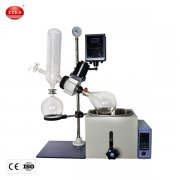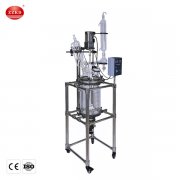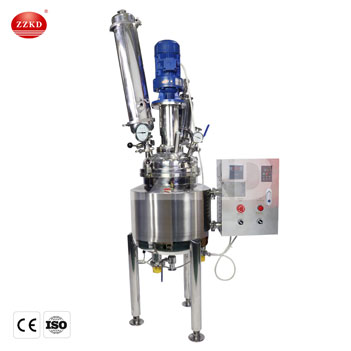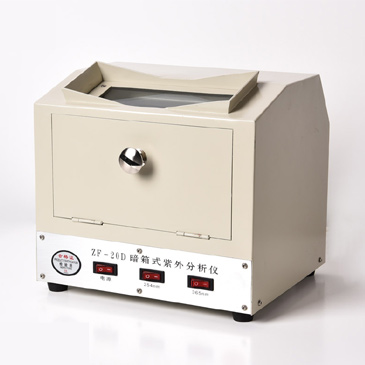Borosilicate glass reaction vessels have long been a cornerstone in laboratory equipment, especially for chemical and biological pharmaceutical applications. With ZZKD Machinery and Instrument Equipment Co., Ltd.'s 13 years of experience in manufacturing and exporting such equipment, these vessels have become a vital component in laboratories worldwide. In this comprehensive guide, we will delve into the world of 100 liter glass reactor, from their unique properties to their diverse applications.
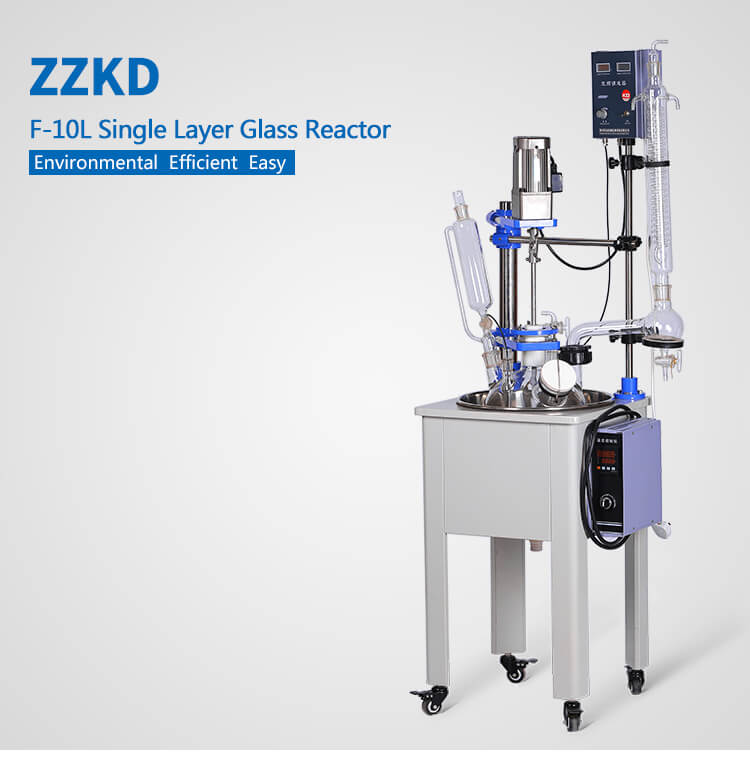
Understanding Borosilicate Glass
Borosilicate glass, known for its exceptional durability and resistance to chemical corrosion, is the foundation of these reaction vessels. Its low coefficient of thermal expansion makes it a preferred choice for applications involving extreme temperature variations. This subheading will explore the distinct characteristics of borosilicate glass that make it ideal for reaction vessels.
Borosilicate glass is composed of silica and boron trioxide, which imparts its remarkable properties. Its high transparency allows for easy observation of reactions, while its resistance to chemical attack ensures the integrity of the vessel even when exposed to aggressive substances. Moreover, its low thermal expansion minimizes the risk of cracking under temperature changes, making it a reliable choice for various processes.
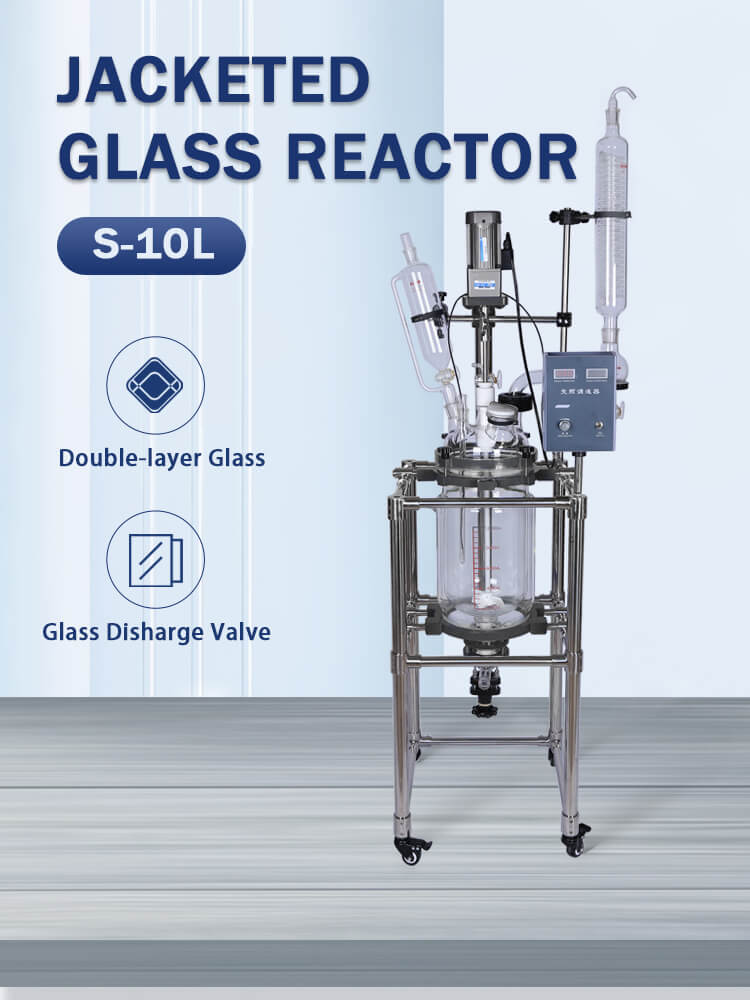
The Key Properties of Borosilicate Glass
1. Transparency and Visibility
Borosilicate glass offers excellent clarity, enabling researchers to monitor reactions in real-time.
2. Chemical Resistance
It resists the corrosive effects of acids, bases, and solvents, ensuring the purity of reactions.
3. Thermal Stability
Its low thermal expansion coefficient minimizes the risk of breakage due to temperature fluctuations.
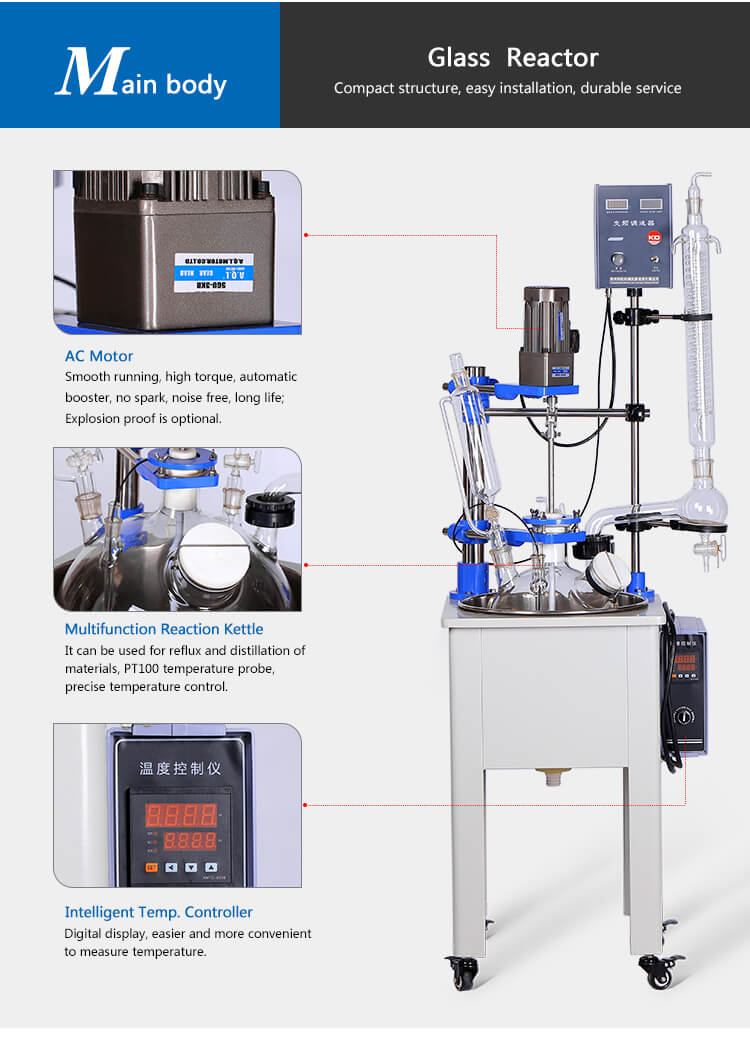
Borosilicate Glass Reaction Vessels: Types and Configurations
These reaction vessels come in a wide range of types and configurations to accommodate diverse laboratory needs. From standard round-bottom flasks to intricate multi-necked reactors, this section will discuss the various options available and their specific applications.
1. Round-Bottom Flasks
Ideal for simple reactions and distillations.
Available in various sizes to suit different volumes.
Commonly used for heating and mixing substances.
2. Jacketed Reaction Vessels
Designed for temperature-sensitive reactions.
Double-walled construction allows for precise temperature control.
Suitable for reactions requiring uniform heating or cooling.
3. Multi-Necked Reactors
Feature multiple necks for attaching various accessories.
Enable complex setups for multi-step reactions.
Valuable for research involving condensers, reflux, and distillation.
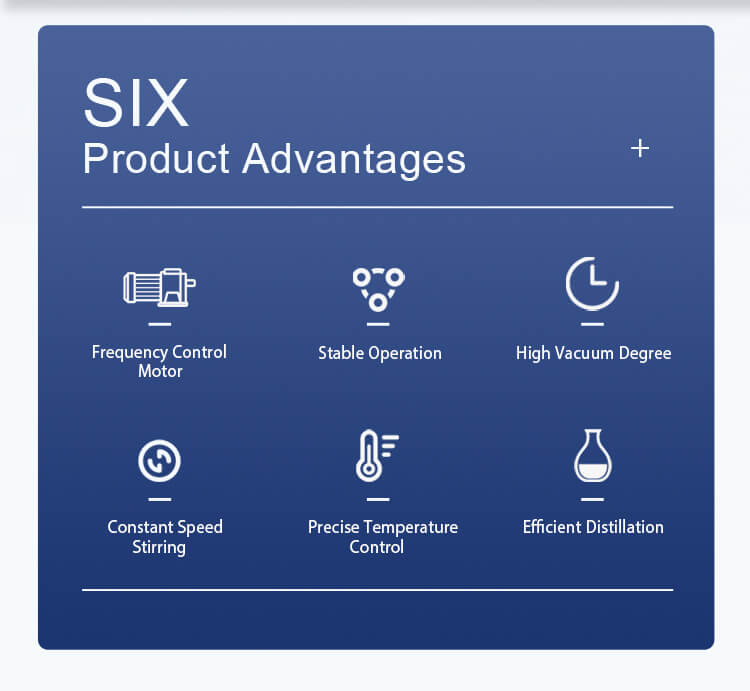
Applications of Borosilicate Glass Reaction Vessels
The versatility of borosilicate glass reaction vessels extends to a wide range of applications in laboratories, chemical industries, and research institutions. In this section, we will explore how these vessels are used in different fields.
1. Chemical Synthesis
Borosilicate glass vessels are essential for synthesizing new compounds and studying chemical reactions.
Their resistance to chemical corrosion ensures the purity of synthesized compounds.
2. Pharmaceutical Research
In pharmaceutical laboratories, these vessels play a crucial role in drug development, formulation, and testing.
Their transparency allows for precise observation of pharmaceutical processes.
3. Petrochemical Industry
Borosilicate glass reaction vessels are employed in the petrochemical sector for processes like distillation and catalysis.
Their thermal stability is vital when dealing with high-temperature reactions.
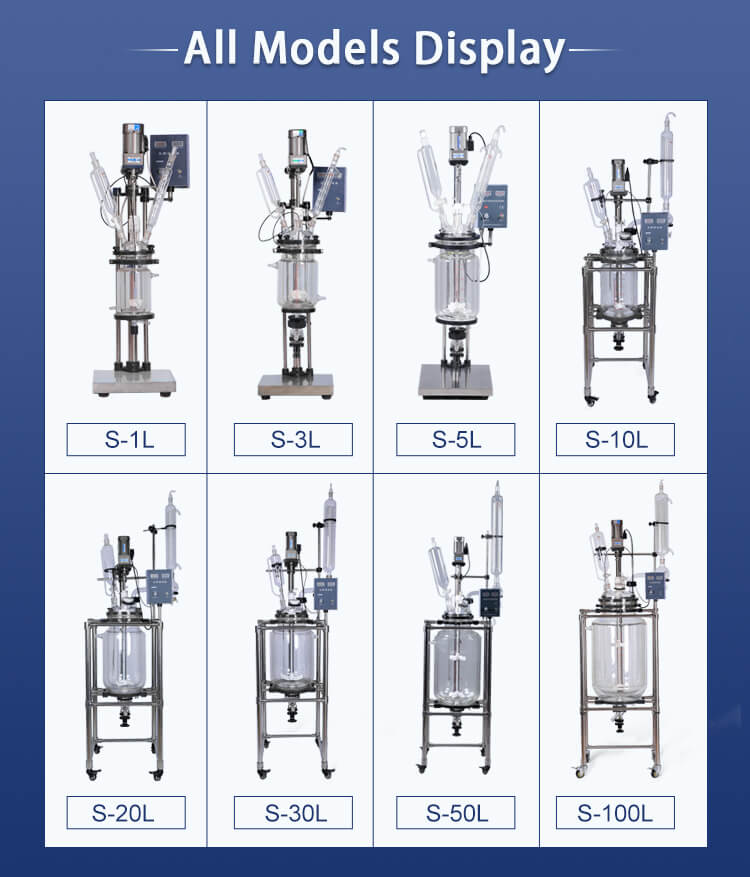
Maintenance and Care
To ensure the longevity and reliability of borosilicate glass reaction vessels, proper maintenance and care are essential. This section will provide guidelines on cleaning, storage, and handling techniques to maximize their lifespan.
1. Cleaning Procedures
Use mild detergents and non-abrasive brushes to clean vessels.
Rinse thoroughly with distilled water to remove residue.
2. Storage Recommendations
Store vessels in a clean and dry environment to prevent contamination.
Use protective caps or stoppers to seal necks when not in use.
3. Handling Precautions
Avoid sudden temperature changes to prevent thermal stress.
Handle with care to prevent accidental breakage.
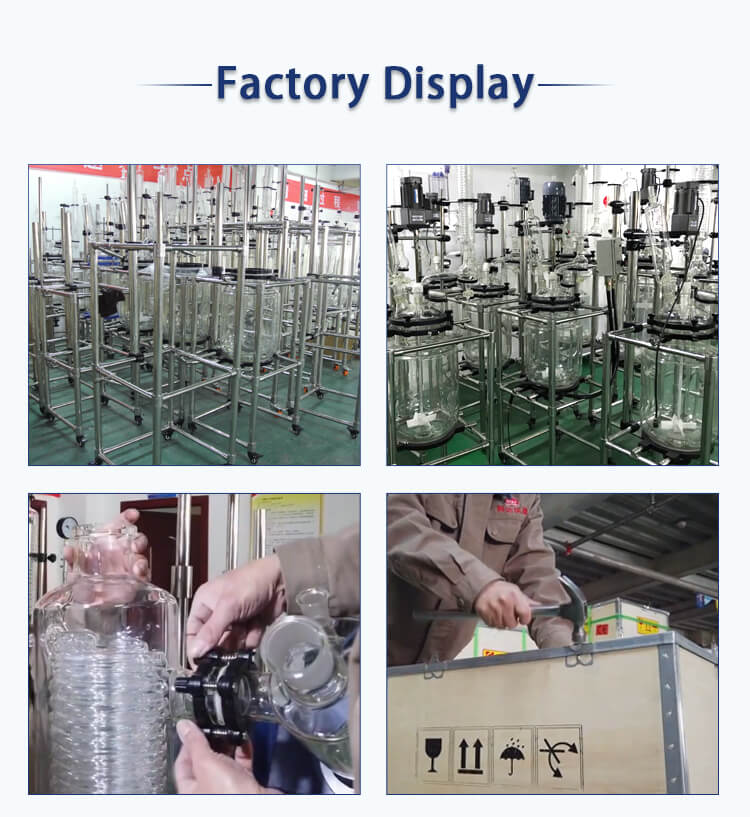
Innovations in Borosilicate Glass Technology
As technology advances, so does the development of borosilicate glass reaction vessels. This section will highlight recent innovations and advancements in this field, showcasing how ZZKD Machinery and Instrument Equipment Co., Ltd. remains at the forefront of cutting-edge laboratory equipment.
1. Advanced Coatings
New coatings enhance the chemical resistance of borosilicate glass, expanding its application range.
These coatings can be tailored to specific research needs.
2. Digital Integration
Integration with digital monitoring and control systems allows for more precise experiments.
Researchers can remotely monitor reactions in real-time.
3. Customization Options
ZZKD Machinery offers extensive customization options, allowing clients to design vessels tailored to their exact specifications.
Customized vessels cater to unique research requirements.
Conclusion
Borosilicate glass reaction vessels are the backbone of modern laboratories, offering exceptional properties, versatility, and reliability. ZZKD Machinery and Instrument Equipment Co., Ltd. has been a trusted supplier in this field for over a decade, continuously innovating and providing top-quality solutions to researchers worldwide. Whether you're conducting chemical synthesis, pharmaceutical research, or petrochemical experiments, these vessels are essential tools that empower scientific discovery and progress.

 Products
Products





